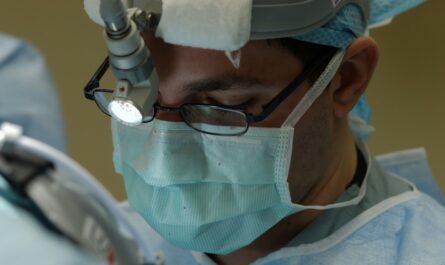Tick-borne encephalitis is not the same as Obesitythat many people have brought on themselves. As the name of the disease reveals, the source is an infected tick that poses a significant risk to human health. In addition to tick-borne encephalitis, ticks are capable of transmitting other diseases.
- Lyme disease
- Anaplasmosis
- Tularemia
It should be noted that an attached tick may not be the germ of the disease. The infectiousness of ticks is around three to five percent, depending on the specific destination.
Tick-borne encephalitis and its stages
Encephalitis has essentially two phases. The first is accompanied by nausea, muscle, joint and head pain. These symptoms are gradually add fevers. The worst thing is that with encephalitis you won't find the proverbial spot on the skin like you do with Lyme disease. And what about the spread of this disease in the Czech Republic?
| Year | Number of patients |
| 2008 | 631 |
| 2011 | 861 |
| 2018 | 715 |
| 2022 | 697 |
After the first phase, of course, comes the second, which is far worse. The infected person begins to feel drowsiness, hypersensitivity to light and unbearable headaches. This is often accompanied by vomiting, paralysis of the lower and upper limbs or complete stiffening of the neck.
Limited treatment and lasting effects
Tick-borne encephalitis is associated with limited treatment options. A good immune system of the infected person plays a crucial role in the whole course of treatment. The vaccination is a chapter in itself, which should not be underestimated. The disease is then a long haul.
Even if tick-borne encephalitis is cured, some individuals may still experience permanent effects that make daily life uncomfortable. Recurrent headaches are a typical example. They can occur hearing and memory problems. It can make it harder to concentrate and the disease itself can disrupt sleep. In worse cases, you will experience paralysis of the limbs and unpleasant stress.
If you decide to get the tick-borne encephalitis vaccine, expect at least three doses. Each additional booster dose is administered at an interval of approximately once every five years.



